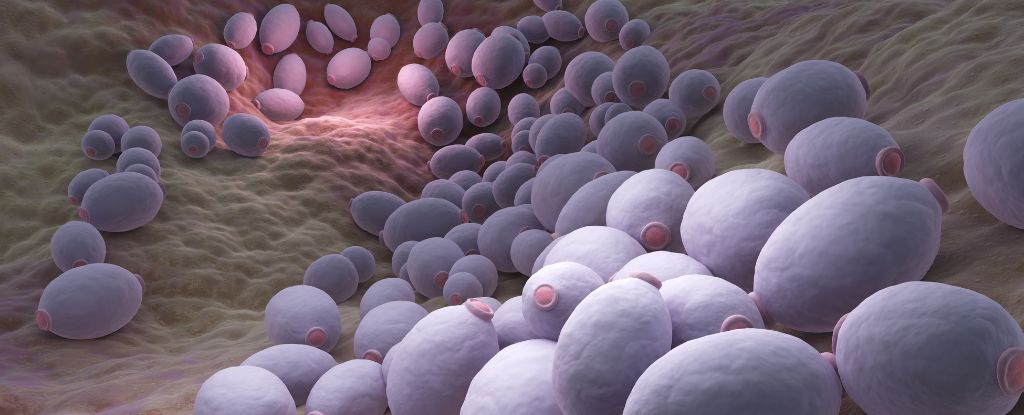
Why white fungus is ‘more dangerous’ than black fungus
Candidiasis, often known as white fungus, is a fungal infection caused by the Candida yeast (a type of fungus). Candida may survive on the skin and inside the body, in locations including the mouth, throat, gut, and vaginal canal, without creating difficulties. If Candida gets out of hand or gets deep into the body, it can cause illnesses (for example, the bloodstream or internal organs like the kidney, heart, or brain).
As the country is grappling with the second wave of COVID-19 and the deadly black fungus, yet another fungus threatens lives of many Indians. The white fungus that is found on many surfaces, objects or unclean water in the form of moulds, which is more infectious and dangerous than black fungus. It is caused by contact with such objects or surfaces which has alarmed the states to take strict measures for sanitization. This fungus is said to be caused by a low immune system. According to scientists, white fungus affects the nails, skin, stomach, private parts, kidney and mouth. The initial symptoms of the white fungus is white patches on inner cheeks, rood of the tongue and mouth and throat, and cotton-like feeling in the mouth.
White fungus patients have Covid-like symptoms but do not test positive; the infection can be identified with a CT scan or X-ray. COVID-19 patients, according to the doctor, are more susceptible to white fungus because it affects the lungs and causes symptoms similar to coronavirus. Those with weakened immune systems, such as diabetics, cancer patients, and those who have been on steroids for a long time, must take extra precautions since they are more vulnerable. It also affects coronavirus patients who require oxygen therapy.





